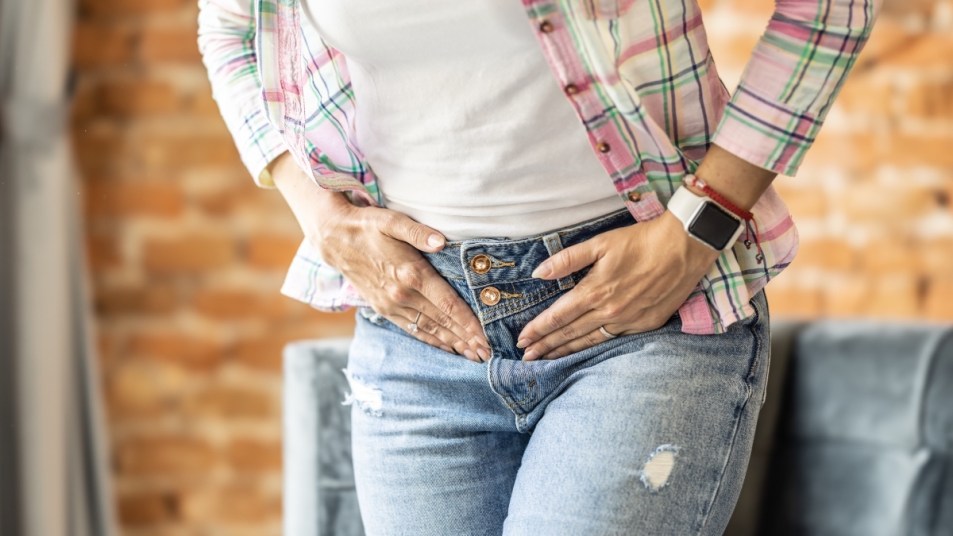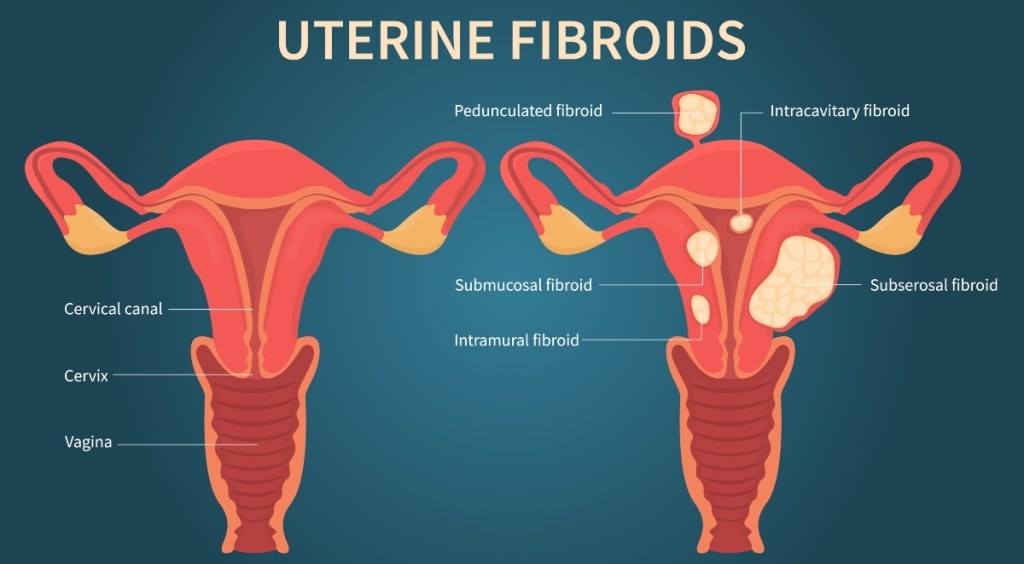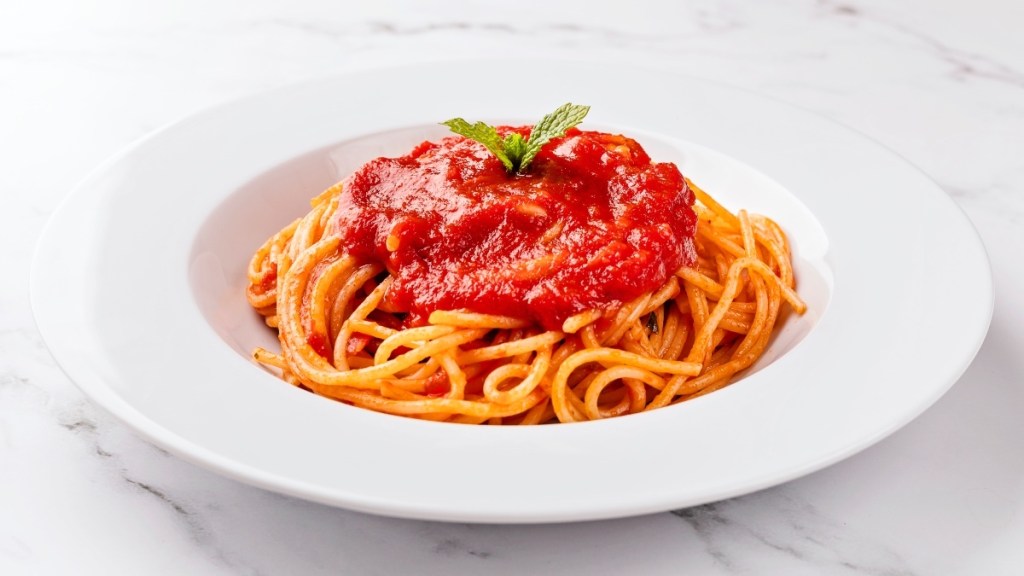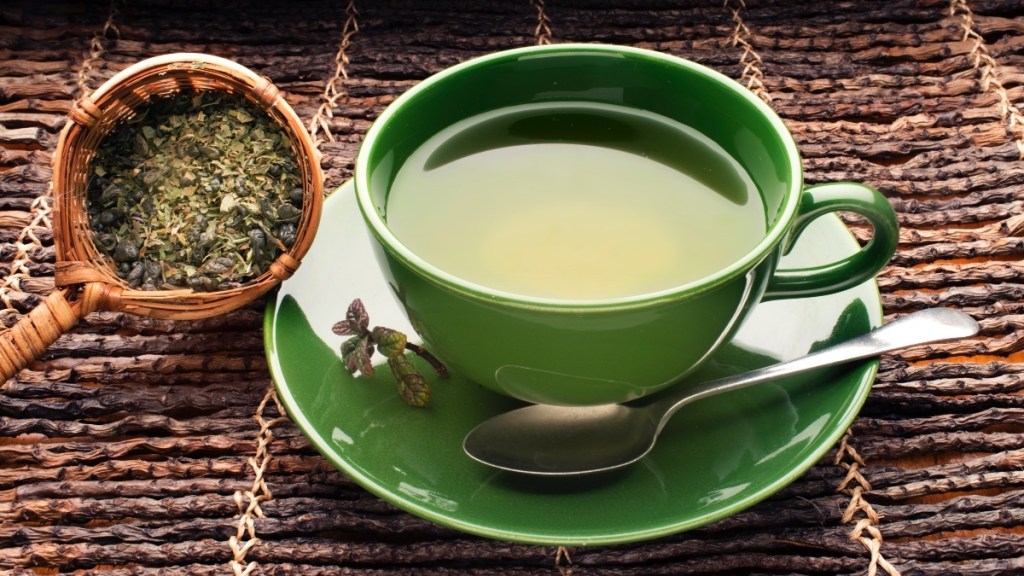The 8 Best Ways To Prevent — And Shrink — Uterine Fibroids After Menopause
Doctors weigh in on the easy, natural cures proven to work wonders to relieve bloat and pelvic cramping

Uterine fibroids are surprisingly common — up to 75% of us will have at least one of the benign growths by our 50th birthday. And while they’re not cancerous, fibroids can cause abdominal pain, bladder leaks and chronic lower-back pain. The dip in estrogen we experience during menopause may cause fibroids to shrink, but the growths can still cause bothersome symptoms as we head into our 60s and 70s. Read on to learn how to block uterine fibroids after menopause from ever forming — and how to shrink existing ones before they cause real trouble.
How and why uterine fibroids form
Uterine fibroids are non-cancerous growths that develop in the wall of the uterus. “Fibroids start from a single muscle cell and can range from the size of a seed to a basketball or larger,” explains board-certified OB/GYN Maria Sophocles, MD, Medical Director of Women’s Healthcare of Princeton. The growths can cause symptoms such as heavy periods, bloat and pelvic cramping.

The exact cause of uterine fibroids is not fully understood, says Jill Krapf, MD, a board-certified OB-GYN, Vulvar and Vaginal Health Specialist, and medical advisor to Evvy. But hormonal fluxes, genetic predisposition, and lifestyle habits (keep scrolling for more on this) can all influence the growth of fibroids.
How menopause affects uterine fibroids
Your risk for uterine fibroids after menopause drops, and existing growths may cause fewer symptoms. “This is because fibroids are influenced by the hormones that regulate the reproductive system, such as estrogen and progesterone,” explains Dr. Krapf. “As women approach menopause, typically in their late 40s or early 50s, hormone levels begin to decline. This often leads to a decrease in the growth and development of fibroids.” (Click through to our sister publication to learn how the “master hormone” DHEA can help dramatically reduce symptoms associated with menopause.)
But while the risk of developing fibroids over 50 drops, some women may still experience bothersome symptoms of uterine fibroids after menopause. “Many women continue to experience symptoms of fibroids because their size simply doesn’t change — or change enough — after menopause to reduce pressure in the bladder, bowels or pelvis,” explains Dr. Sophocles.
How to prevent uterine fibroids after menopause
Good news: Research shows you can keep the troublemaking growths from ever forming in the first place. Here’s how.
Soak up the sun
Spend 20 minutes daily soaking up the sun (and shoring up your vitamin D stores) and your risk of fibroids will drop by 32%, according to a National Institute of Environmental Health Sciences study. And if you already have fibroids, spending time outdoors can also help shrink them. Exposure to the sun prompts the skin to produce vitamin D-3, a nutrient that’s essential for keeping uterine cells healthy. Not outdoors often? Taking 2,000 IU of vitamin D-3 daily has also been proven to be protective. (Click through to see more amazing health benefits of vitamin D-3.)
Go for a stroll
Women who clock 30 minutes of physical activity daily, like strolling around the neighborhood to admire the flowers in bloom, are 33% less likely to develop fibroids than those who move the least, Johns Hopkins University research suggests The researchers explain that movement reduces the amount of fibroid-fueling estrogen circulating in the body. Plus, it increases levels of a protein that binds to estrogen. And if you’re worried about low estrogen levels, as many women are during and after menopause, physical activity can also help regulate your hormone levels, says Dr. Krapf. (Click through to our sister publication to find out how walking speeds weight loss.)
Dig into extra pasta sauce
Getting plenty of the plant pigment that makes tomatoes red (lycopene) can cut your fibroid risk in half, according to an animal study in Experimental Biology. And if you cook your tomatoes, you’ll get an even bigger boost! Cornell University researchers found that cooking tomatoes for just 2 minutes doubled the amount of lycopene. And after 30 minutes of cooking, the tomatoes had 164% more of the nutrient. What’s more, a separate study found that tomatoes cooked in olive oil increased blood lycopene levels by 82%, while uncooked tomatoes had little to no impact. (Click through to discover more of lycopene’s healing powers.)

Serve up a side of broccoli
Whether it’s broccoli, cabbage, or kale, enjoying 1 cup of your favorite cruciferous veggie daily can cut your risk of fibroids by 45%. And it can halt their growth if you already have them, according to a study published in the Journal of Obstetrics and Gynaecology Research. Researchers explain that these veggies contain compounds that help to regulate estrogen levels to thwart fibroid growth. (Tip: Don’t toss the stems! Click through for genius ways to use leftover broccoli stems.)
Cook with sesame oil
Another way to keep fibroids at bay: Reining in high blood pressure, or hypertension. Harvard research suggests that for every 10-point drop in elevated blood pressure, your risk of fibroids dips by up to 10%. “The exact mechanisms are not fully understood,” notes Dr. Krapf. “There are several factors that might explain why high blood pressure could increase the risk of fibroids, such as blood vessel function, low-grade inflammation and hormonal influences.” That’s why keeping your BP in a healthy range (below 120/88mmHg) is key for reduce your risk. To keep your BP from climbing, simple add 1 oz. of sesame oil to your daily diet. Research in the Yale Journal of Biology and Medicine found it lowers high blood pressure by up to 19 points in two months. (Click through to see more benefits of sesame oil.)
How to shrink uterine fibroids after menopause
While it’s true that uterine fibroids can be removed surgically (a procedure called a myomectomy), the operation can be time consuming, costly and potentially cause scar tissue formation. Before going under the knife, consider these effective natural remedies.
Sip green tea
Enjoying four glasses of green tea (hot or iced) daily can shrink fibroids by 33% within four months and significantly improve fibroid symptoms, according to a study in the International Journal of Women’s Health. Conversely, researchers found that those who didn’t sip the brew saw their fibroids grow 24% larger during that same time period. The scientists explain that EGCG, the active ingredient in green tea, blocks the growth of cells that make up fibroids as well as kills existing cells to shrink the growths. (Click through to learn how green tea can add healthy years to your life.)
And while caffeine intake can influence your hormone levels, research on nearly 22,000 women found that there’s no direct relation between caffeine intake and fibroid growth. But if you’re watching your caffeine intake, you can opt for a decaf brew or simply get the perks from a daily EGCG supplement, such as Life Extension Decaffeinated Mega Green Tea Extract (Buy from Life Extension, $22.50).

Sprinkle flaxseeds in your smoothie
Tossing some flaxseeds on your yogurt or in your smoothie can help shrink fibroids by as much as 40%, so say researchers from the University of Illinois. How? Flaxseeds reduce inflammation and block the activity of enzymes that help fibroid-fueling estrogen spread throughout the body. (Click through to see easy ways to add flaxseed to your daily diet.)
Take this enzyme
Supplementing with the powerful enzyme serrapeptase can help break apart and shrink fibroids. Serrapeptase is what’s known as a proteolytic enzyme, or an enzyme whose role in the body is to break down the bonds between amino acids, the building blocks of proteins. According to research in the journal Medicines, it is particularly effective at breaking down fibrin, the protein that uterine fibroids are made of. For best results, take serrapeptase first thing in the morning and right before bed. One to try: NOW Foods Serrapeptase (Buy from iHerb, $13.38).
Read on for more ways to prevent (and shrink) uterine fibroids:
- This Simple Procedure Healed One Woman’s Fibroids Without Surgery
- Natural Alternatives to Surgery for Fibroids, Knees Pain, and More
- Uterine Fibroids: Everything You Need to Know About Treatment and Prevention
This content is not a substitute for professional medical advice or diagnosis. Always consult your physician before pursuing any treatment plan.
A version of this article originally appeared in our print magazine, Woman’s World.












